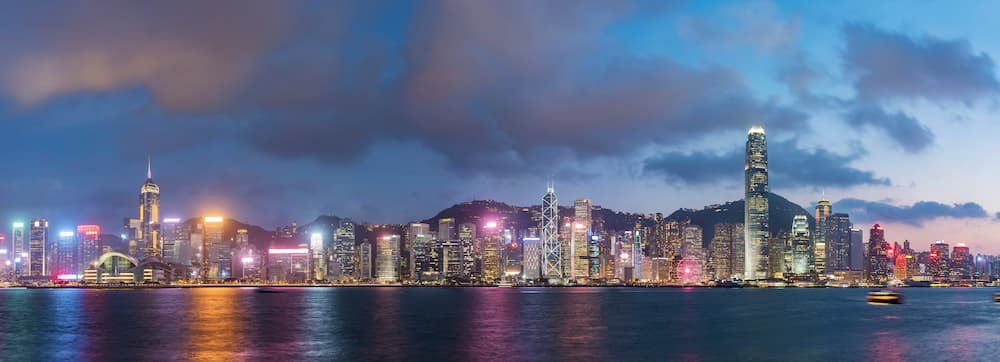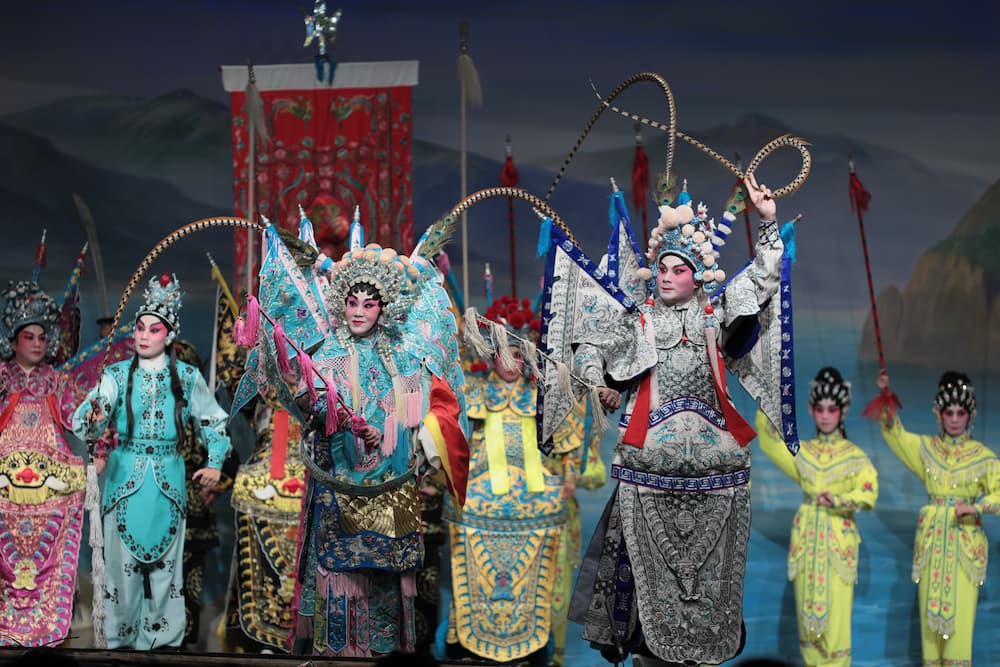
Hong Kong
Splendid
Chi Culture
Topic
Hong Kong
Hong Kong, officially known as Hong Kong Special Administrative Region (SAR) of the People’s Republic of China, is an international metropolis and the world’s third largest financial center after London and New York. Separated from Guangdong by the Shenzhen River in the north and facing Macao across the sea in the south, it lies to the east of the Zhu (Pearl) River estuary on China’s southern coast. Hong Kong consists of Hong Kong Island, the Kowloon Peninsula, and the New Territories.
As a result of the Western invasion in the mid-nineteenth century, Hong Kong, once a fishing village, was gradually leased to and later occupied by the British. In 1842, the Qing government was forced to sign the Treaty of Nanking which ceded to Britain, first Hong Kong Island, then the Kowloon Peninsula. The governor of Hong Kong, appointed by the British monarch, was the de facto ruler with supreme authority. In 1984, China and the UK negotiated the Sino-British Joint Declaration which stipulated the UK’s handover of Hong Kong to China in 1997. Under the arrangement, Hong Kong was to retain its capitalist system for another fifty years and to enjoy a high degree of autonomy, except in foreign affairs and defence.
Though lacking natural resources, Hong Kong is in a highly strategic location. After occupying Hong Kong, the British declared Hong Kong a free port and developed it into a major entrepôt in East Asia. From the 1950s to the 1960s, Hong Kong was transformed into an industrialized city and in the 1970s it arose as one of “Asia’s Four Little Dragons.” Its diversified economy contributed to an average annual GDP growth of 9.2%.
Hong Kong is characterized by the integration of traditional Chinese culture with modern Western culture. Most residents are of Guangdong (Cantonese) descent, and this is reflected in a strong influence from the Lingnan culture in terms of ideas, education, art, literature, dialect, customs, food, etc.
Starting from 1841 when Hong Kong Island was colonized, the British ruled Hong Kong for 156 years, leaving significant imprints on its politics, economy, and even lifestyle. Free trade and mercantilism still prevail in Hong Kong and many locals follow British sports such as horse racing and soccer. In addition, the British tradition of afternoon tea is widely preserved in Hong Kong.
Even during the period of British colonization, the majority of the population was Chinese. Numerous intellectuals endeavored to bridge the cultural gap between China and the West, and this gave rise to Hong Kong’s unique local culture. Newspapers developed early in Hong Kong where China’s first independent Chinese language newspaper Universal Circulating Herald was published. Also famous for its flourishing film industry, Hong Kong is the world’s third largest film production center after Hollywood and Bollywood.
Despite its small size, Hong Kong possesses many historical monuments. The many well-preserved Tin Hau temples as well as the legends of the pirate Cheung Po Tsai (Mandarin Zhang Baozai) indicate that shipping and fishing were thriving businesses in former times. Hong Kong’s only pagoda Tsui Shing Lau (Pagoda of Gathering Stars), located in the New Territories, is generally regarded as a place where people prayed for success in scholarly examinations and official promotions. Tung Chung Fort, which was built in 1832, is the best-preserved and largest of the old coastal defense fortifications in Hong Kong.
As one of the most competitive cities in the Asia-Pacific region where Chinese and Western cultures merge, Hong Kong attracts businessmen, tourists, artists, and students, among others, from all over the world. The city known as the “Pearl of the Orient” still shines brilliantly today.







